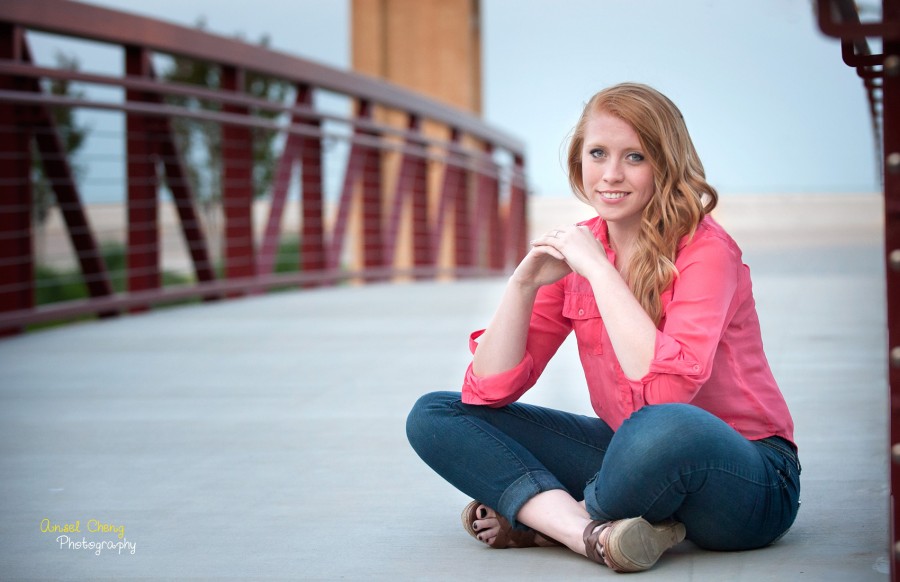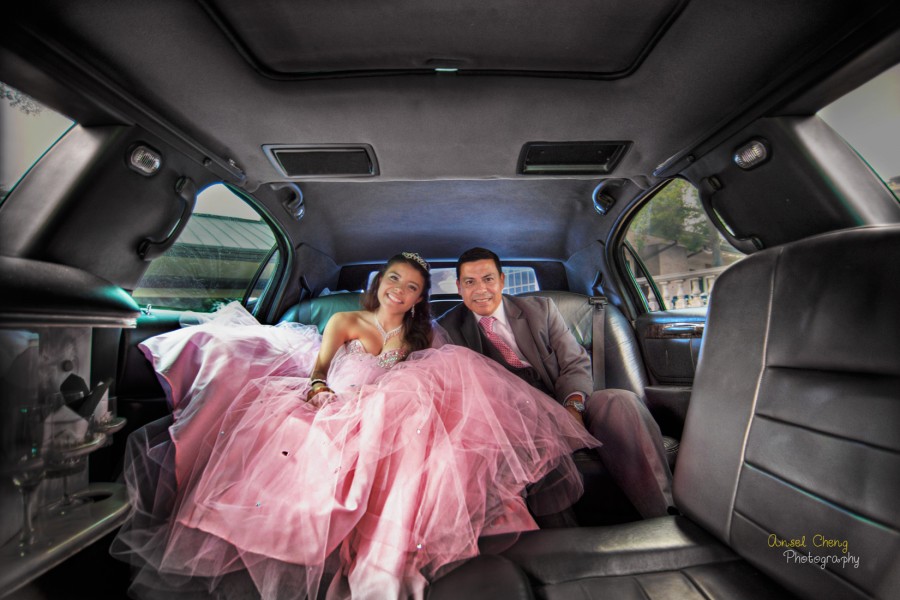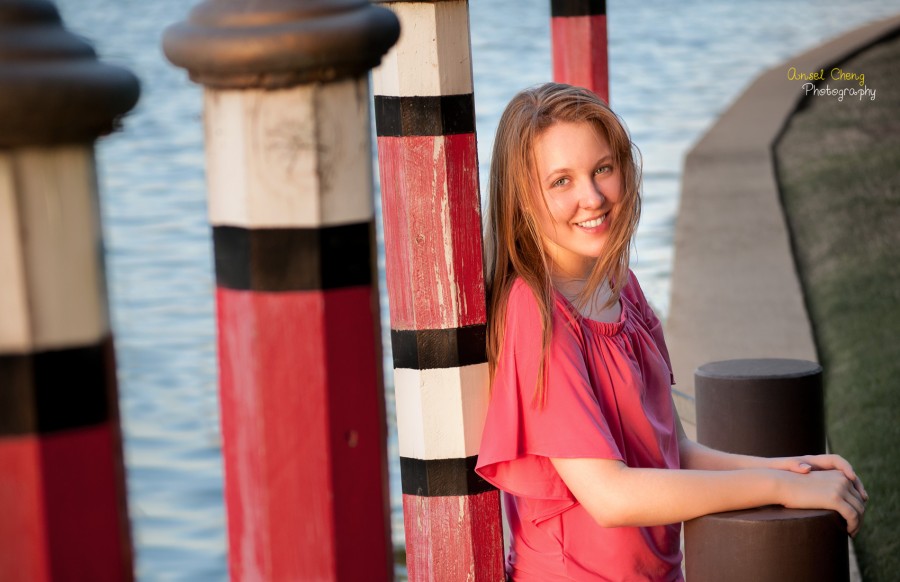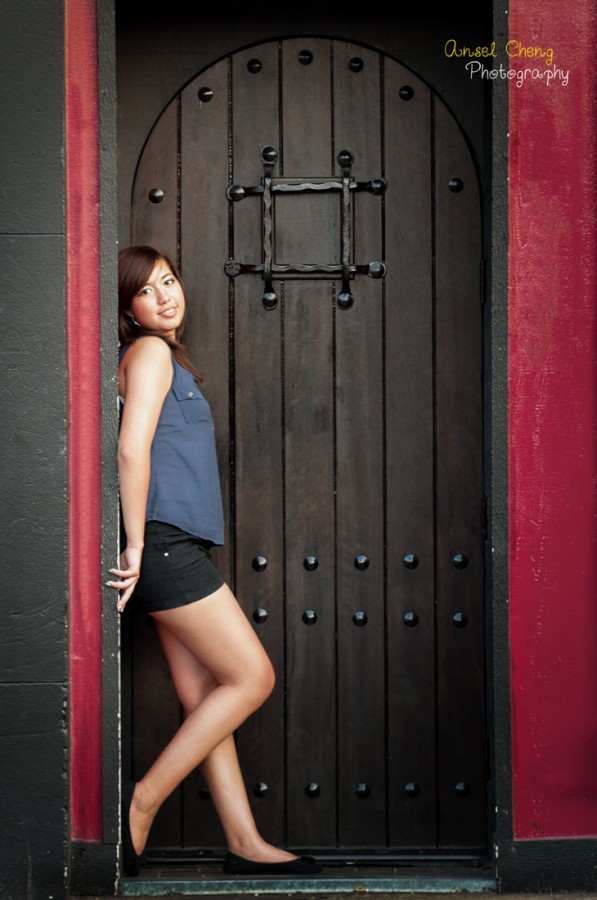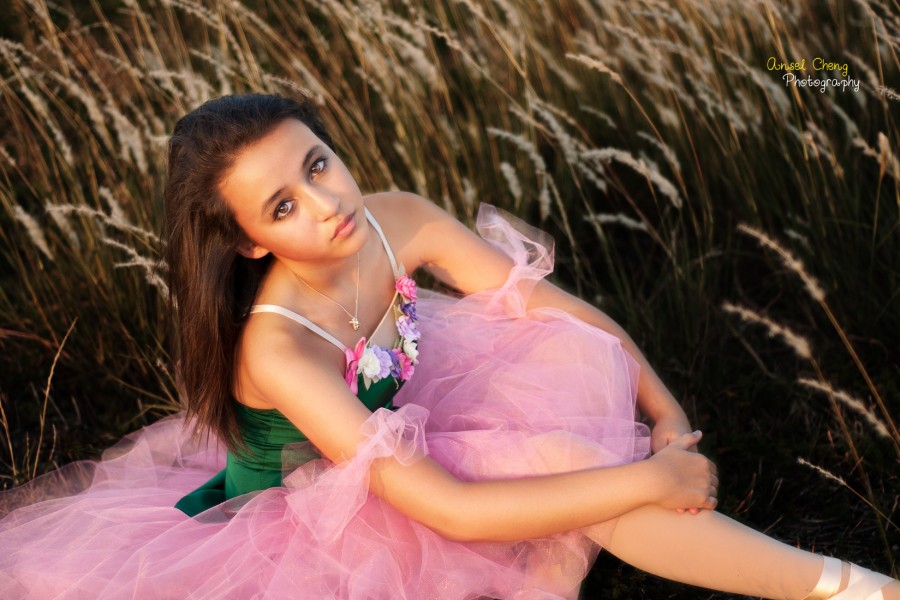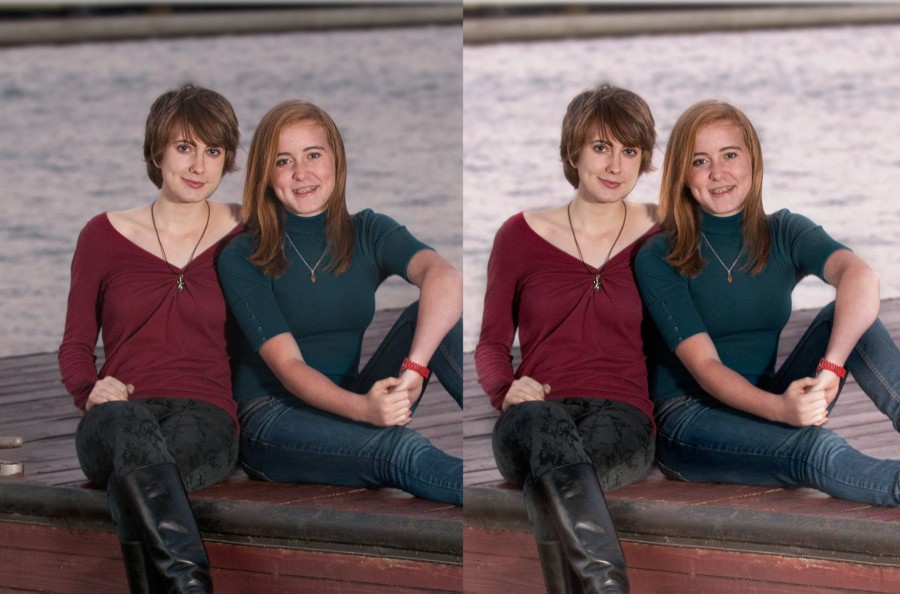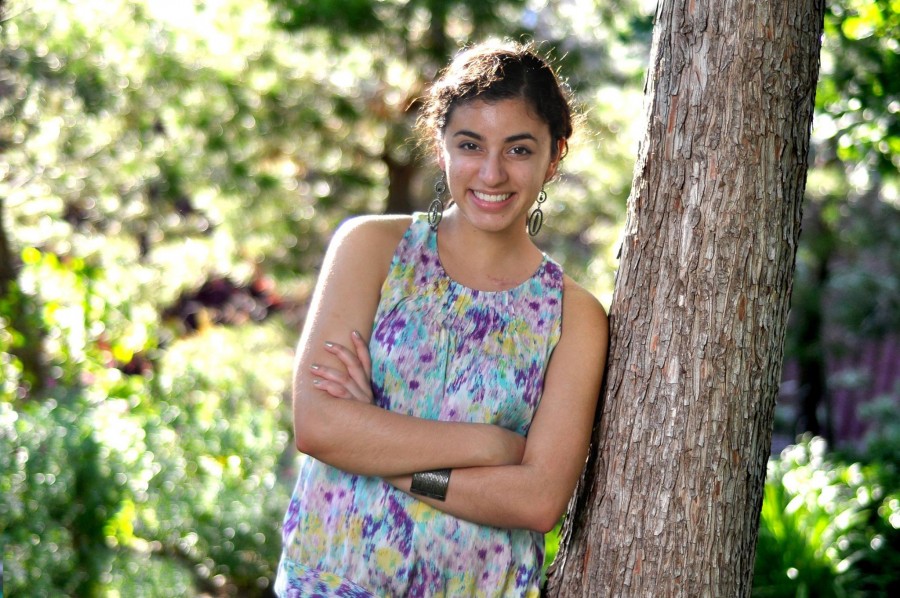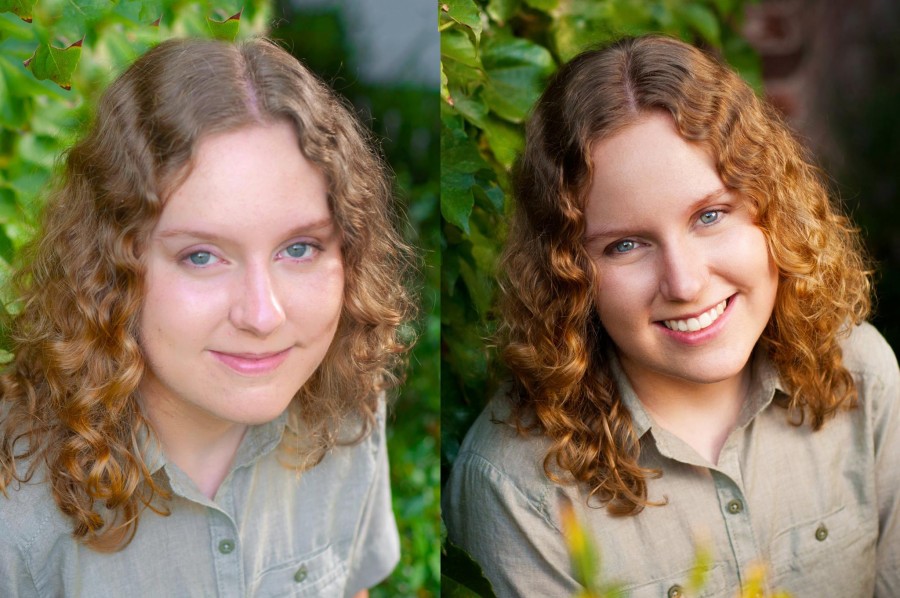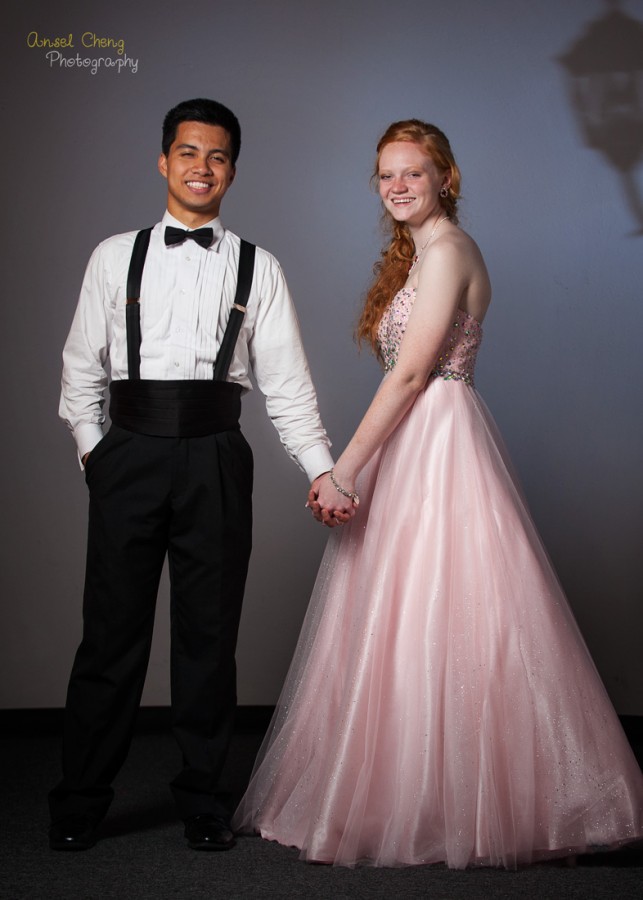I decided to write newsletters for a while. I’ve been collecting and organizing ideas. Unfortunately, nothing was ‘finalized’ so far; it is time to take the first step and not worrying what the coming topics will be. My goal is to share some of my photography experience. By keeping topics short and sweet, I hope you like and keep reading…. perhaps with some feedback.
In the film era, it requires superb skills; a picture with correct exposure did not come easy. Digital technologies give everyone chance to create technical flawless pictures. However, they can be boring. Award winning photos could have many technical flaws, but everyone applauded. There are elements (technical or artistic) that make great pictures. Technical skills can be learnt and mastered easily. People skills take time to develop. As photography is a form of art, artistry is the most important and difficult to acquire.
Many years ago, I visited a photography exhibition. One of keynote speaker asked a question about the difference between photography and painting. He said painting is to ‘add‘ subjects you ‘like‘ on a frame; photography is to ‘eliminate‘ objects you ‘do not like‘ from a frame. Think about it when you pick up your camera next time. I am sure you will appreciate his comment.
Great pictures do not start with pressing the shutter button. It starts much earlier and much more behind it.

